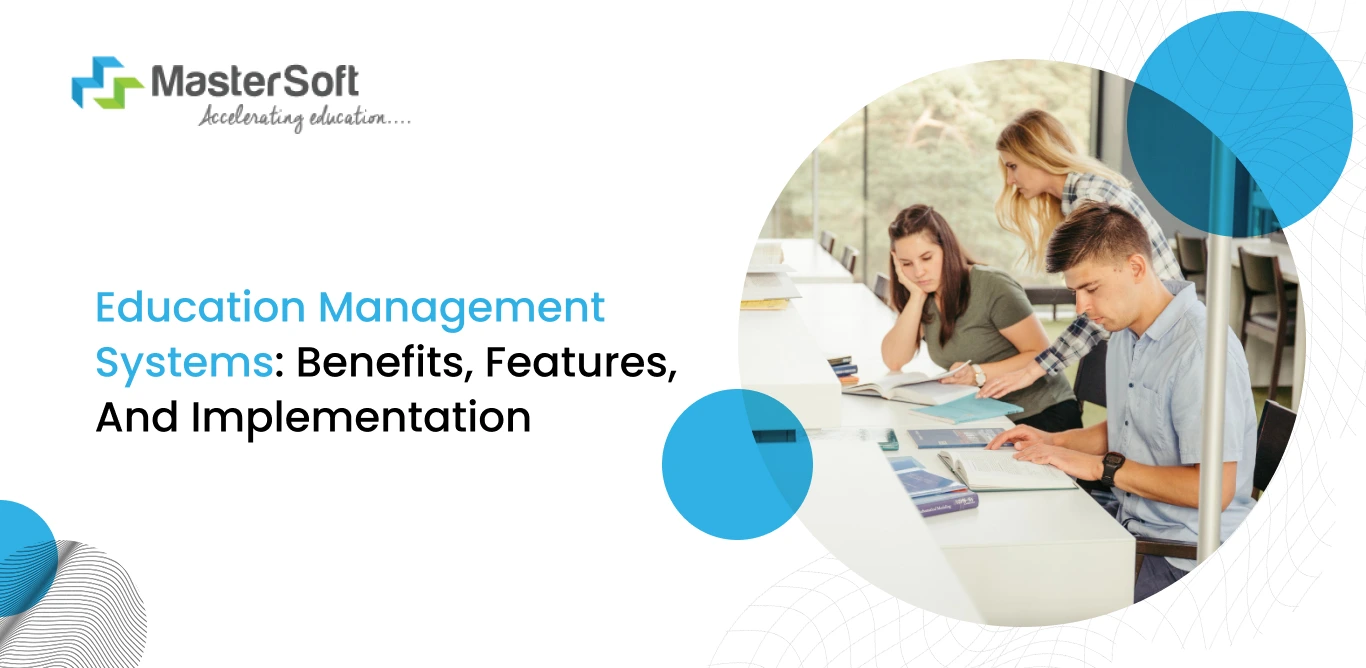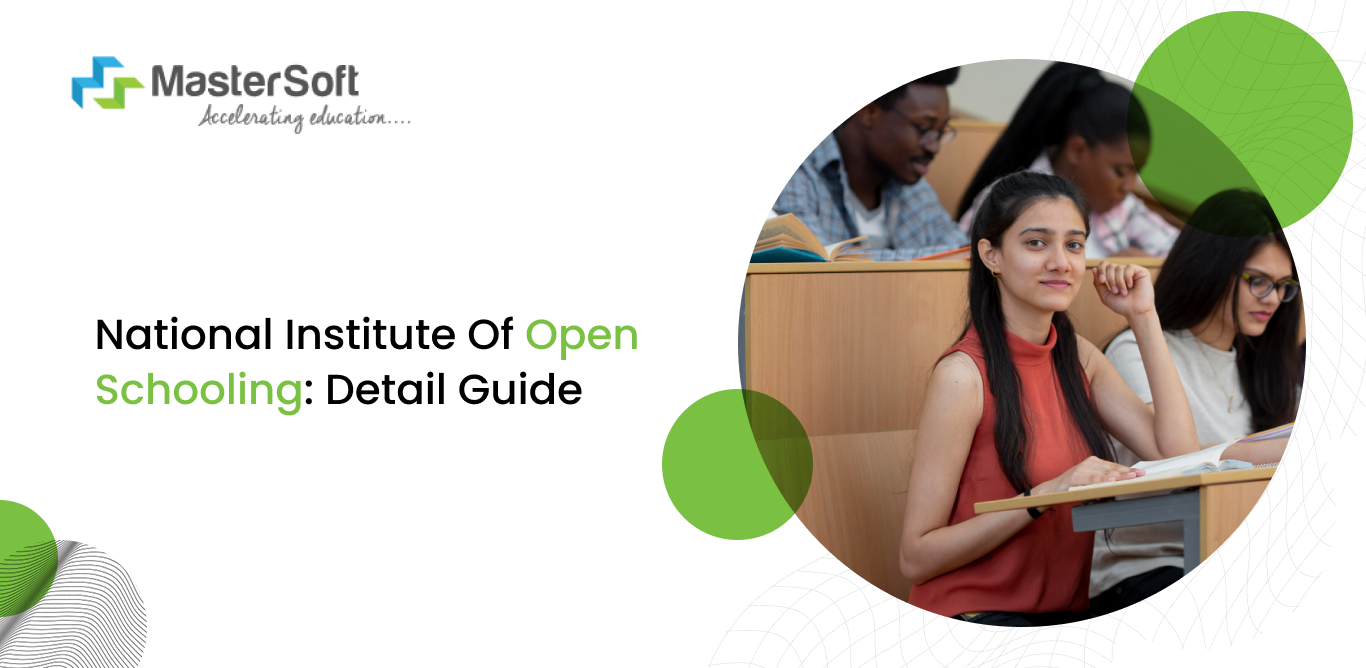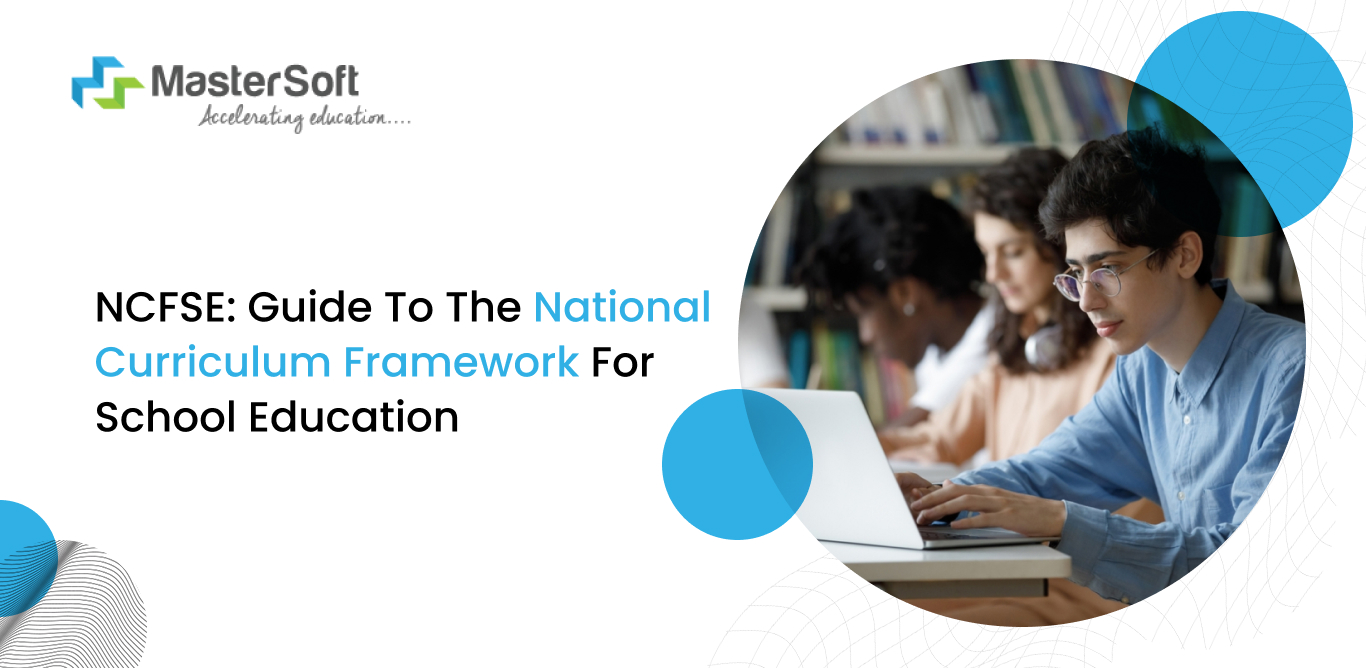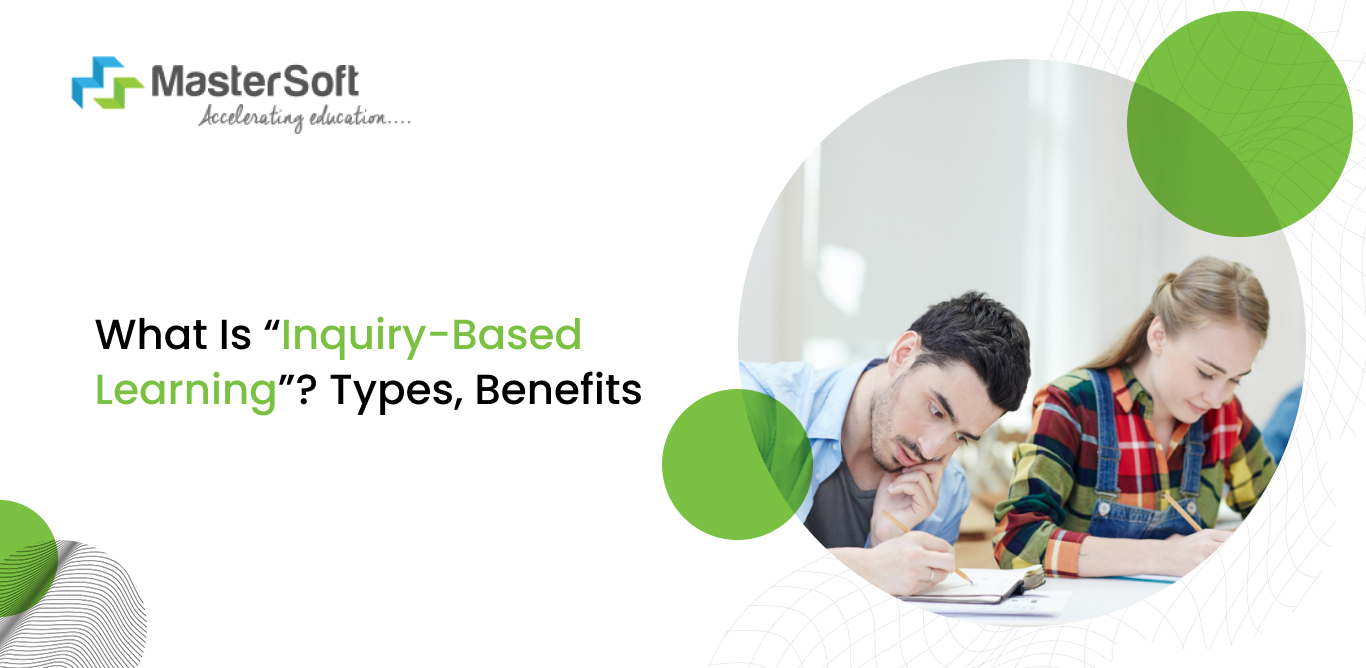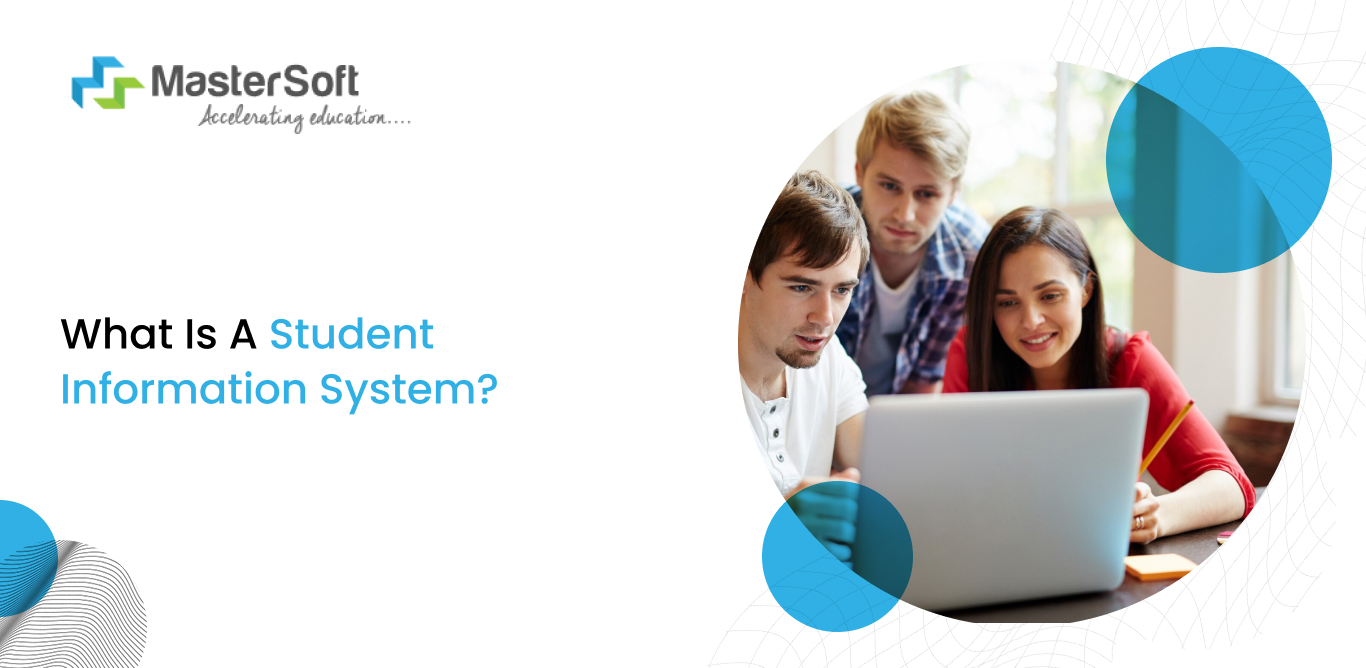30, Sept 2024
Distracted, zoned out, and inattentive are three common words that teachers may use to describe students during an ongoing class. But why? When teachers put their efforts into excellent teaching delivery, why do students lack interest? Should we blame their lack of interest or unwillingness to learn?
Although a student’s eagerness is key to learning, diverse teaching and learning methodologies play a significant impact as well. Therefore, employing appropriate pedagogies and activities with the help of tools like the learning management system is a decisive step.
But what’s so special about the tool that can help teachers in developing and improving their methodologies? Let us find out:
Learning Management System: A Robust Technological Assistant Tool
A learning management system is a modern software application that helps to develop, track, manage, and deliver educational courses. It provides a platform for institutes and teachers to create, share, and monitor learning materials.
Furthermore, it enables educators and administrators to curate different kinds of content that are relevant to the course or program. Also, it has become one of the most sought-after systems as it provides a centralised platform, facilitating easy access to educational resources.
What’s more, teachers can use it to conduct online learning as well as during traditional classroom sessions. In fact, the tool is an ideal technological assistant tool because it enhances the teaching and learning processes. Hence, it is only fitting to find out how it improves classroom experiences.
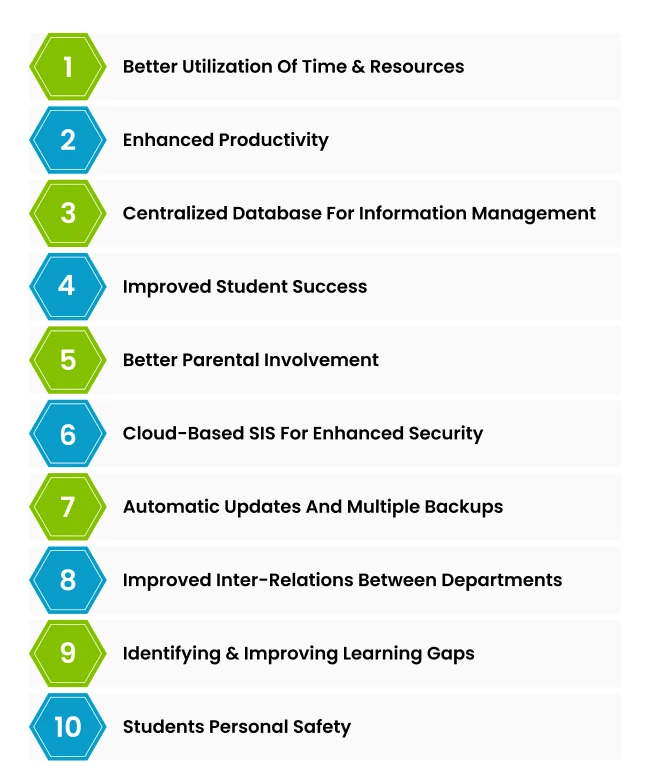
How does LMS improve the classroom experience?
1. Easy Access to Learning Resources
‘’Can I please borrow your notes from the last few classes as I missed them due to my illness?’’ Many students often request similarly to their peers, and after retrieving them the former notes down the theoretical content as quickly as possible.
On the other hand, students often search the library or online sources while working on their assignments or projects. In contrast, the LMS provides a platform through which students can access various learning resources, including articles, research papers, e-books, website links, etc.
Furthermore, recorded lectures/classes and interviews allow students to learn a topic or content that has been taught in previous classes. Hence, they can be up to speed for the next classes and will not feel left out as they can contribute during the discussions.
2. Flexible Learning
‘’It is a rat race, and the ones who keep up are the winners’’; we have all heard variations of such quotes, which only reflect the ever-increasing pressure on students. A sense of competition boosts students, but only when it fosters motivation and self-improvement.
However, that’s rarely the case, especially when the education system emphasises academic achievement without proper measures. In fact, a rigid academic structure does more harm than good, whereas a flexible one leads to better learning outcomes.
For instance, teachers can employ unique learning activities such as online quizzes, micro-learning, discussions, entry and exit slips, etc. Consequently, it allows students to learn concepts or topics step by step.
Also, it is an excellent way to implement a flexible learning environment that extends beyond the four walls of the classroom. More importantly, it reduces the pressure of keeping up with their peers’ pace, allowing learners to master a concept accordingly.
Learning Management Systems: Why Do Institutes Need To Think Of Advanced LMS Software?
3. Interactive Education
The ‘’Guru-Shishya’’ (teacher-student) tradition has been passed down to us generation after generation, wherein the teacher is the supreme guide. It is primarily a teacher-centric system, requiring students to follow teachers without any questions.
Although the traditional education system will always have its significance, it is not the only one, especially when we require a dynamic teaching/learning system. That is why prioritising active learning strategies is a strategic move in the following ways:
- Conducting in-class activities that encourage students to participate actively.
- Including group or collaborative assignments, wherein students can use the communication tools of the LMS to interact with each other.
- Interact with teachers through built-in messaging applications and discussion forums, helping to clarify doubts and raise issues.
- Conduct online or in-class group discussions.
4. Adaptive Learning
Each student is different; they have varying levels of understanding and responding capacity and encounter pressure to perform excellently in all areas. In effect, many struggle academically and fail to live up to the expectations.
That is where teachers can play an instrumental role by adopting a strategic approach, wherein they can implement personalised learning. In fact, they can use MasterSoft’s LMS to collect data on student-related activities, such as assignment completion times, test scores, etc.
The system’s AI-powered analytics analyses data and adjusts learning content depending on students' academic performance and learning styles. Likewise, teachers can leverage the feature to customise the difficulty level of the assessments.
Furthermore, the system sends recommendations for learning materials, including videos, articles, and blog posts, as per the student’s learning styles. Hence, they can either read articles, listen to podcasts, or watch interviews and video explainers as per their preference.
5. Feedback System
Exam results and infrequent discussions about students’ performance are ineffective in providing a full picture of their overall academic condition. So what’s the solution? Teachers communicating timely and regular feedback to students is an ideal strategy.
That is where they can utilise the tool, which helps to facilitate systematic feedback in the following ways:
- The LMS software automates the feedback delivery after each assessment or academic activity through email notifications and auto-uploads within the system.
- It can include grading scales and rubrics, allowing teachers to evaluate student work according to a structure. As a result, it ensures a fair and objective feedback system.
- Students can send feedback about the courses/programs and the classroom sessions. The tool collects student feedback, enabling teachers to improve instructional methodologies.
- Teachers can utilise feedback analytics to identify areas of improvement and provide appropriate suggestions and corrective measures.
What Is LMS? Features And Benefits Of Learning Management System (LMS)
6. Data-Driven Analytics
Employing various instructional practices has proved beneficial instead of limiting oneself to standardised teaching practices. However, determining whether a particular method works is a time-consuming task.
Fortunately, teachers can leverage the tool, which generates an immense amount of data, providing deep insights into student performance. Furthermore, they can use analytics to check the alignment between curriculum content, assessments, and learning outcomes.
Moreover, they can make data-driven decisions in terms of making necessary adjustments in various areas, including in-class activities and assessments.
7. Increased Engagement
Effective and excellent teaching delivery must cater to students' interests and learning needs, which is only possible through well-thought-out strategies. Hence, incorporating various in-class activities is central to the action plan.
Teachers can use the software within the teaching and learning activities to increase student engagement in the following ways:
- Include gamified elements such as points, badges, and leaderboards.
- Interactive content features: quizzes, polls, surveys, and simulations.
- Real-time feedback enables students to get timely insights into their academic performance.
Wrapping it up,
A learning management system is one of the most sought-after technological assistance tools that has been designed to facilitate course creation/management. Furthermore, it provides a centralized platform that streamlines communication and content sharing.
Additionally, it helps to enhance the classroom experience through its built-in features which help to conduct personalized learning and interactive education.
Still wondering what it takes to get a NIRF ranking?
Mobile: 08448010216
Email: janki.somani@iitms.co.in




